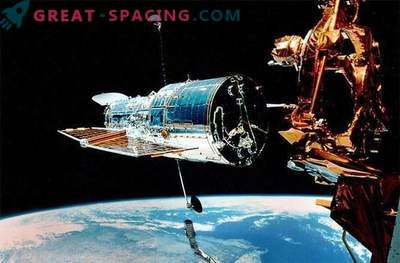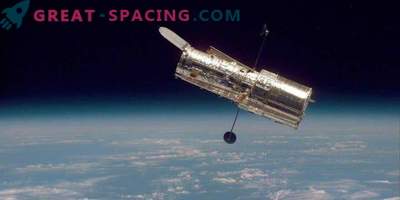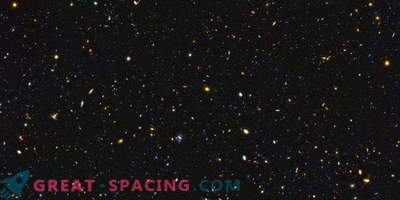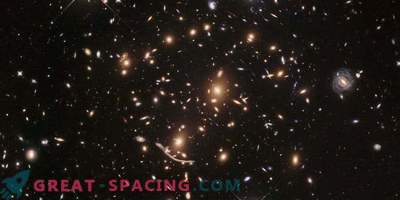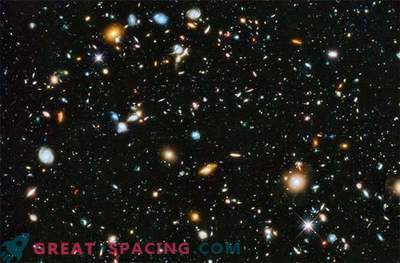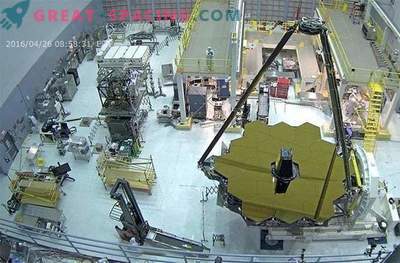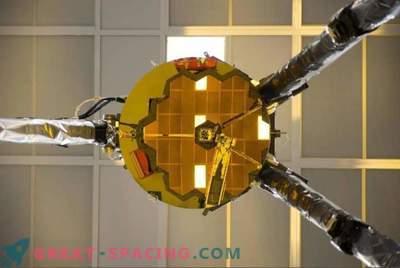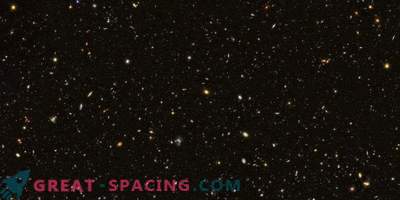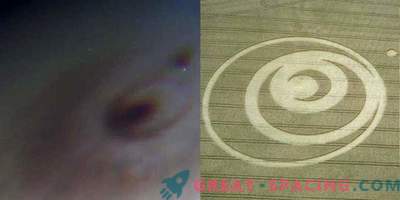No matter how much time the Hubble Space Telescope will be in orbit, its place in history is guaranteed. Having begun its 25th year in orbit, Hubble has proven to be one of the most popular, industrial, and revolutionary scientific tools in history. But it could have gone completely different scenario. Here is our view of the complex history of Hubble.
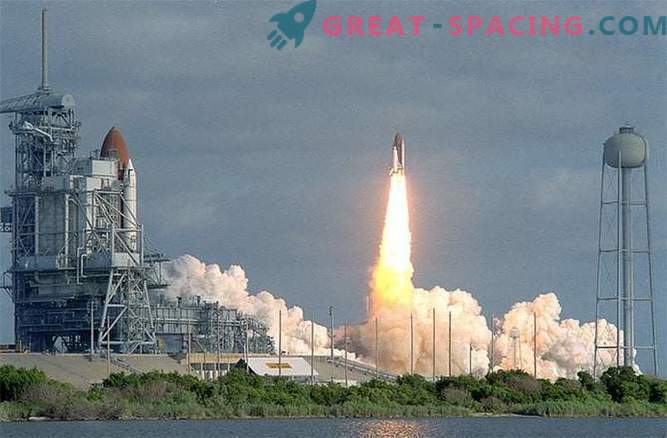
With the Hubble Space Telescope aboard, Discovery takes off from the 39A Kennedy Space Center launch pad. The Columbia shuttle is being prepared on another launch pad. Later, Columbia and its entire crew will die during the 2003 NASA launch.
Despite the delay due to technical problems, budget overruns, and then the loss of the Challenger, the Hubble Space Telescope finally went to Earth orbit aboard the Discovery shuttle on April 24, 1990.
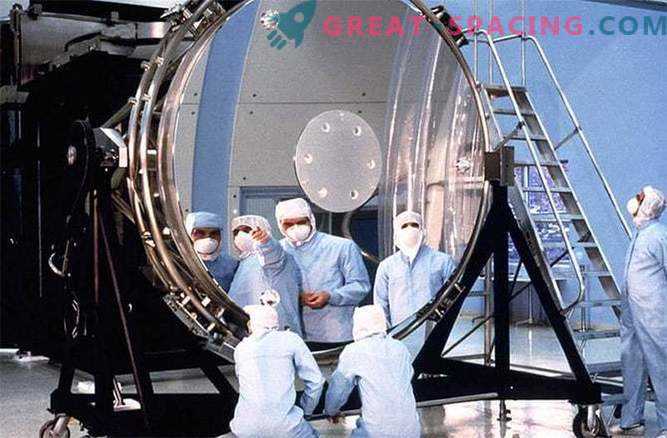
Technicians work on the main mirror of the Hubble telescope. Later it will be established that it has a manufacturing defect.
Two months after Hubble’s launch, engineers and scientists discovered that its main 94-inch mirror had a defect resulting from production. After this incident over the project of NASA clouds hung.
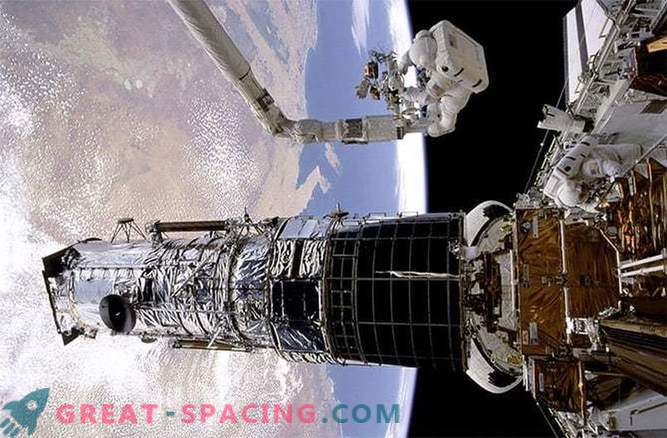
Astronaut Story Musgrave, attached to the shuttle's robotic arm, and Jeff Hoffman, who is currently in the cargo hold, repair Hubble during 1993’s first maintenance mission. Over the next 15 years, NASA will send four more serving missions to upgrade and repair the telescope.
After three years of preparation, NASA sets up a rescue mission in December 1993 to install a new camera and corrective optics through a telescope.
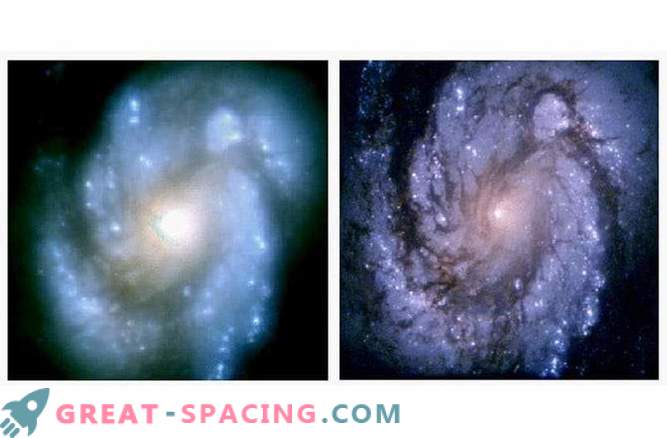
A view of the M100 spiral galaxy before and after astronauts set up corrective optics.
It was a busy Christmas holiday, while engineers carefully checked the repaired Hubble, hoping for the best, but fearing the worst. At a press conference in mid-January, program scientist Ed Weiler reported success. Senator Barbara Ann Mikulski, a Democrat of the state of Maryland, who then headed the Senate financial subcommittee supervising NASA, famously declared that “the problem with Hubble has been solved.
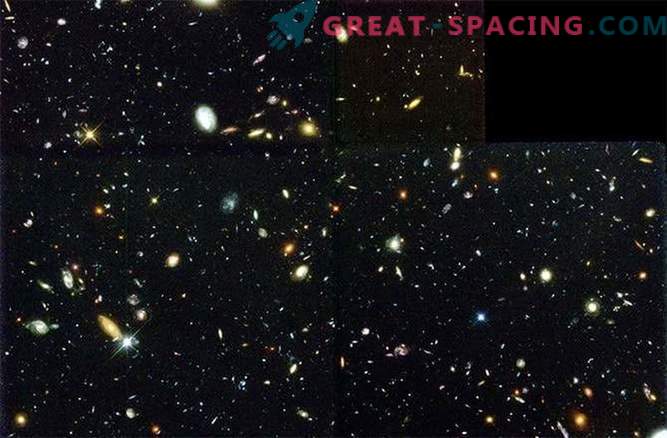
The first Deep Field Hubble image shows distant galaxies, which are 4 billion times dimmer than objects that the human eye can see. The image was collected from hundreds of individual exposures made over 10 consecutive days in December 1995. Bluish objects are young stars or clusters of stars that are relatively close, while reddish objects are old star clusters.
Among the most impressive photographs of Hubble is this image of a tiny patch of the starry sky, which covers an area of less than 1/30 the diameter of the full moon. Hubble Deep Field, released in 1996, shows an amazing variety of almost 3000 galaxies, challenging the theory that galaxies are only either “spiral” or “elliptical”.
Astronomers made another similar image a year later to check their findings. They found not only a variety of galaxies of the Universe, but also another mysterious object: a quasar. These objects later became space beacons.
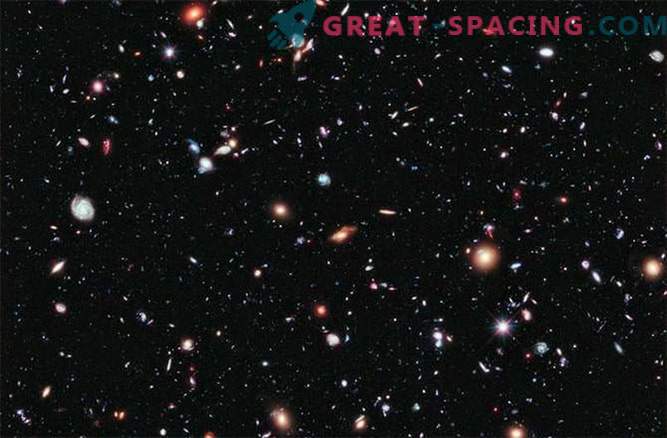
The image of Hubble Extreme Deep Field covers about 5500 galaxies, the brightness of which is one billionth of what the human eye can see. Based on the image of Hubble Deep Field, astronomers in 2004 launched a new project called “Hubble Extreme Deep Field”, which should be implemented based on the capabilities of the new advanced camera installed during the 2002 serving mission. But this time, Hubble fixed his eyes on the most distant galaxies, which can be seen in visible light.
Hubble was able to capture the new objects of the original image of the Hubble Deep Field due to the near infrared camera, which was able to see even more distant galaxies.

Hubble is moving away from the Atlantis reusable spacecraft, on which the fifth and last maintenance mission in May 2009 was completed.
It has been almost six years since the human eye was observed by Hul, at least so closely. When the sky is clear enough, the telescope can sometimes be seen hovering at dusk or in the predawn sky.
During the last Hubble maintenance mission, the astronauts installed a docking ring on the telescope, so that in the future the spacecraft will be able to dock with the telescope and send it to the atmosphere for combustion. Long before this event, NASA plans to put Hubble's successor into orbit: the James Webb Space Telescope.
